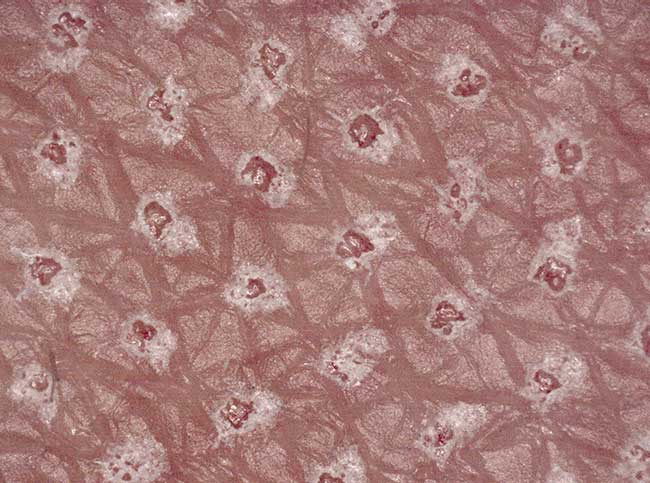New innovations in medical lasers allow for greater control of wavelength, power and pulse duration, expanding applications beyond ablation and tissue removal to include bioresponse and drug delivery.
 For medical lasers, the future may include both addition and subtraction.
That’s because, in medicine, lasers have traditionally been used for ablation, cutting and other processes that remove tissue. Now researchers and companies are looking into harnessing the power of light to stimulate a bioresponse, thereby triggering growth and an ushering in of an additive approach.
The key for either subtraction, addition or a combination is to get the right wavelength at the right intensity and duration to the right spot. Beyond that, systems have to allow a fast learning curve so that they’re usable by a broad audience of nonlaser experts. They also have to be the right cost.
“In order to enable a higher penetration of our technologies, we must strive to make them even more affordable and intuitive for new users,” said Amir Lichter, vice president of product delivery and life cycle at Yokneam, Israel-based Lumenis Ltd., a laser- and energy-based medical device supplier.
One key to cutting costs is complete control over the manufacturing cycle, Lichter said. Another is to seek alternative energy-based technologies for some clinical applications that can deliver results at a lower cost than lasers. Lumenis, which is celebrating a half century in medical lasers, also offers intense pulsed light and radio-frequency-energy-based solutions, with these used in an array of medical applications.
For medical lasers, the future may include both addition and subtraction.
That’s because, in medicine, lasers have traditionally been used for ablation, cutting and other processes that remove tissue. Now researchers and companies are looking into harnessing the power of light to stimulate a bioresponse, thereby triggering growth and an ushering in of an additive approach.
The key for either subtraction, addition or a combination is to get the right wavelength at the right intensity and duration to the right spot. Beyond that, systems have to allow a fast learning curve so that they’re usable by a broad audience of nonlaser experts. They also have to be the right cost.
“In order to enable a higher penetration of our technologies, we must strive to make them even more affordable and intuitive for new users,” said Amir Lichter, vice president of product delivery and life cycle at Yokneam, Israel-based Lumenis Ltd., a laser- and energy-based medical device supplier.
One key to cutting costs is complete control over the manufacturing cycle, Lichter said. Another is to seek alternative energy-based technologies for some clinical applications that can deliver results at a lower cost than lasers. Lumenis, which is celebrating a half century in medical lasers, also offers intense pulsed light and radio-frequency-energy-based solutions, with these used in an array of medical applications.
Member Exclusive: To read the complete article, please Login or Register